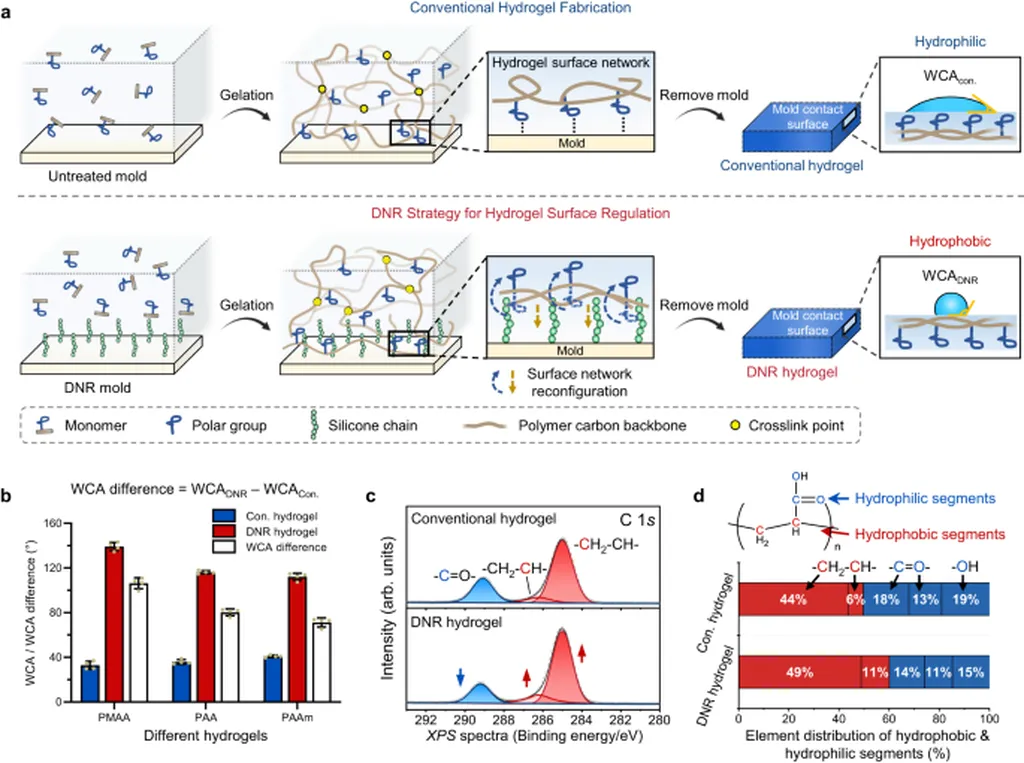In a groundbreaking study, a team of researchers from the University of Cambridge, the University of Amsterdam, and the University of California, Berkeley, has challenged the long-held assumption that hydrophobic solid-water interfaces behave similarly to air-water interfaces. The team, led by Dr. Xavier Advincula and Professor Angelos Michaelides, utilized advanced spectroscopic techniques and machine-learning molecular dynamics simulations to investigate the graphene-NaCl(aq) interface, a prototypical hydrophobic solid-water system.
The researchers found that ions, such as sodium and chloride, accumulate densely at the surface of the graphene-water interface, but they do not significantly alter the structure of the interfacial water. This is in stark contrast to the air-water interface, where ion adsorption is typically associated with pronounced changes in the alignment and orientation of water molecules. The difference arises because ions cannot penetrate the solid boundary and reside at a similar depth as the interfacial water molecules. As a consequence, large ion populations can be accommodated within the extended two-dimensional hydrogen-bond network at the interface, causing only minor local distortions but significant changes to its longer-range connectivity.
This new adsorption mechanism has important implications for the energy sector, particularly in technologies where performance is highly sensitive to the local organization of interfacial water. For example, in fuel cells and batteries, the behavior of ions at the interface between the electrolyte and the electrode can significantly impact their efficiency and lifespan. Understanding this new mechanism could lead to the development of more efficient and durable energy storage and conversion devices.
The research was published in the journal Nature Nanotechnology, and it represents a significant step forward in our understanding of the fundamental processes that govern the behavior of ions at hydrophobic solid-water interfaces. The findings could pave the way for the development of new technologies and materials that harness the unique properties of these interfaces for energy applications.
This article is based on research available at arXiv.

